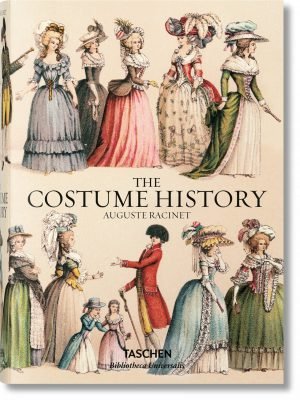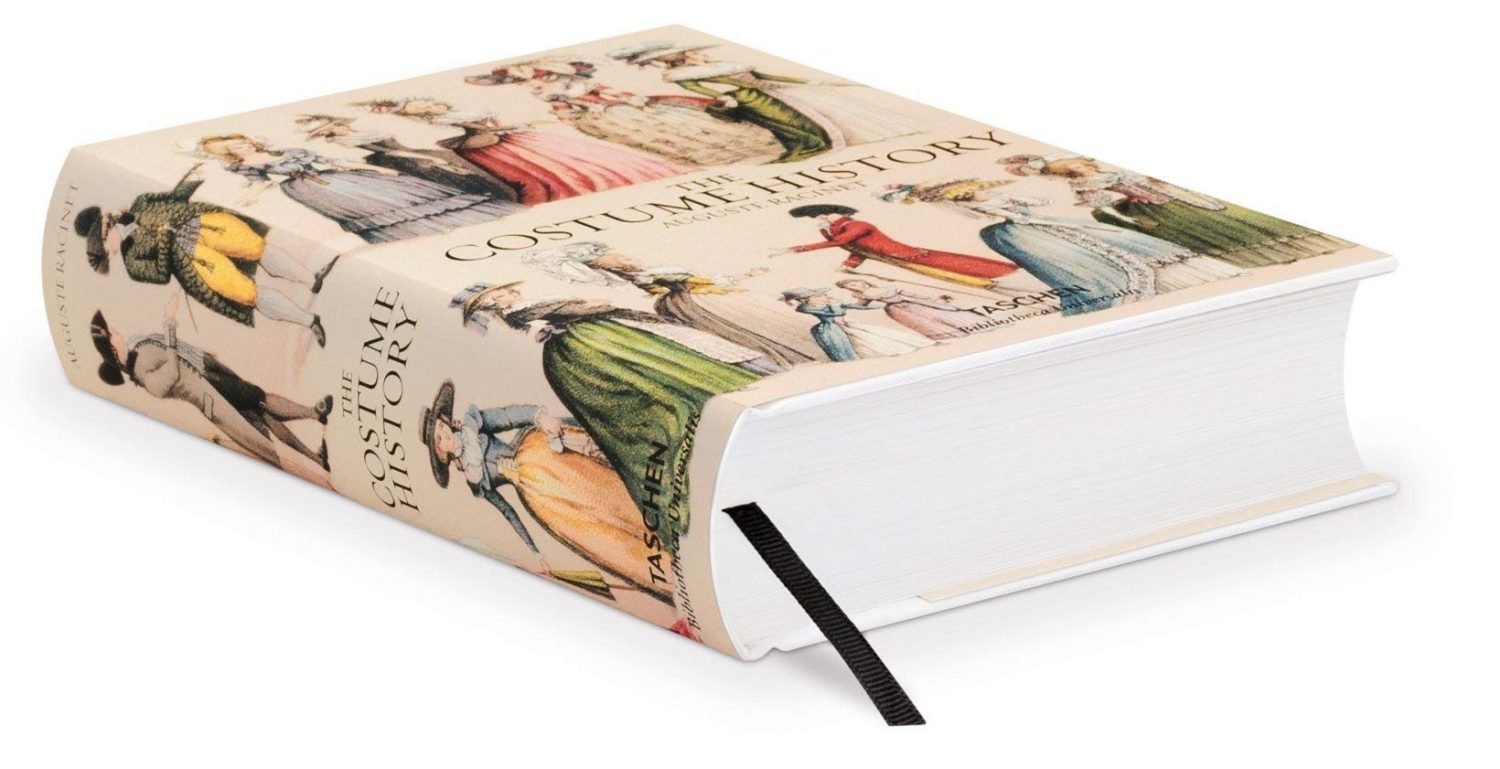Greeks, Turks, and Albanians are then seen mingled together; and while the variegated diversity of their costumes gratifies the eye of the beholder.
Tag: Travel
Historical travel literature of the 18th and 19th centuries. The discovery of the world
The Dance of the Dervishes in the Tower of the Winds.
This tower has been converted into a Semà-Khanés or chapel for the religious dance called Semà, which is performed every Friday within its walls by an order of dancing dervishes.
The great carriages under Louis XIII (17th century).
Les premiers carrosses sous Louis XIII (XVIIe siècle). Bibliothèque Nationale. Cabinet des Estampes dꞌ après Raimbaut.
The sacred temple of the Kaaba of Mekka.
Praying round the sacred temple of the Kaaba of Mekka. The Kaaba (Arabic الكعبة) ‘) is a rectangular building in the courtyard of the Holy Mosque in Mecca to form… Read More
Sinhalese coolies from Matura, Sri Lanka.
A group of Sinhalese coolies from Matura, employed on the coffee estate of Laymastotte.
Banyan tree in Kollupitiya. The journey is famous for its scenery.
The journey from Point de Galle to Colombo is famous for the beauty of several Banyan trees situated in Kollupitiya, Colombo.
A Buddhist Temple at Nagasaki. Journeys to Japan 1856.
A Buddhist Temple at Nagasaki, Japan 1857. Source: Two journeys to Japan. 1856-7, by Kinahan Cornwallis. Illustrated by the author. Published by Thomas Cautley Newby. London 1859.
A street scene off Shimoda. Journeys to Japan.
Two journeys to Japan. 1856-7, by Kinahan Cornwallis
My Nagasaki Friends. Noskotoska and Tazolee.
Two journeys to Japan. 1856-7, by Kinahan Cornwallis.
Termination of the Great Wall of China. The Gulf of Pecheli.
In a previous description of the Great Wall of China, the particular view here given is alluded to and described.

Auguste Racinet. The Costume History by Françoise Tétart-Vittu.
Racinet's Costume History is an invaluable reference for students, designers, artists, illustrators, and historians; and a rich source of inspiration for anyone with an interest in clothing and style. Originally published in France between 1876 and 1888, Auguste Racinet’s Le Costume historique was in its day the most wide-ranging and incisive study of clothing ever attempted.
Covering the world history of costume, dress, and style from antiquity through to the end of the 19th century, the six volume work remains completely unique in its scope and detail. “Some books just scream out to be bought; this is one of them.” ― Vogue.com











